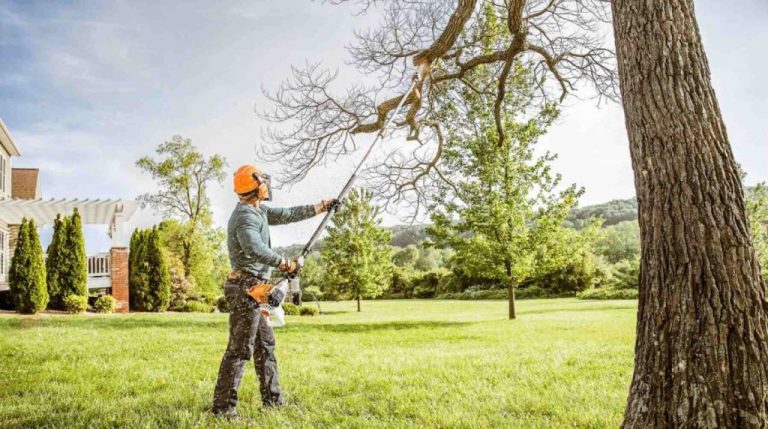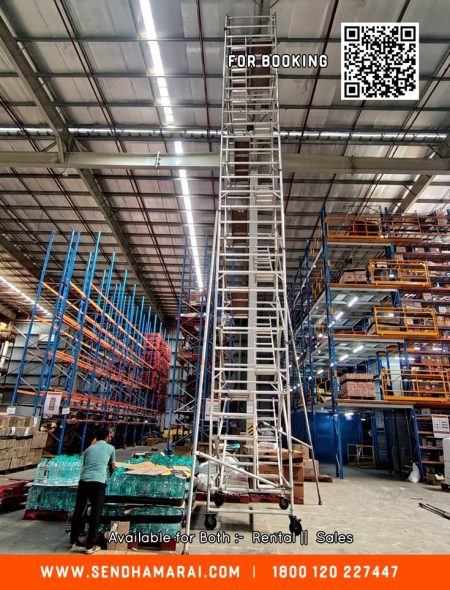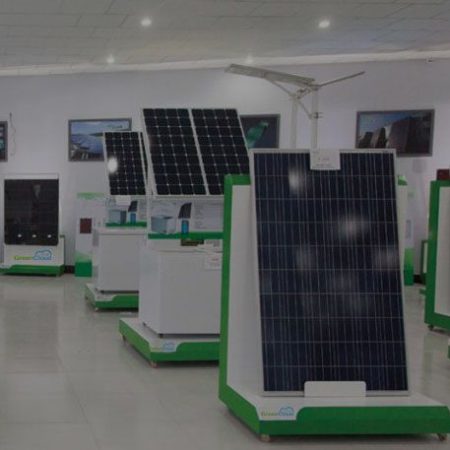Trees are vital assets to any property, providing beauty, shade, and environmental benefits. However, like all living things, they can experience stress or damage that requires attention. It’s crucial to recognize when your trees are in distress to ensure their health and safety. In this article, we’ll explore the signs that indicate it’s time to call a “tree service near me” and how professional intervention can save your trees.
1. Visible Dead or Dying Branches
One of the most apparent signs that your tree needs help is the presence of dead or dying branches. These branches often appear dry, brittle, and without leaves. Dead branches not only affect the tree’s health but also pose a serious safety risk, especially during storms or high winds.
If you notice a large number of dead limbs, it’s time to search for a “tree service near me” to assess the tree and remove the hazardous branches before they cause damage to property or people.
2. Cracked or Splitting Bark
Healthy trees have bark that remains intact and serves as a protective layer. If you notice cracks or splits in the bark, it can be a sign of underlying issues. These fissures may indicate disease, pest infestations, or environmental stress, all of which can weaken the tree’s structure.
Calling a local tree service to inspect these cracks will help determine if the tree can be treated or if more drastic measures, like pruning or removal, are needed.
3. Fungal Growth at the Base
The presence of mushrooms or other fungal growth around the base of a tree is a red flag. Fungi often thrive in decaying wood, and their appearance can suggest that the tree’s roots or internal structure are rotting. This decay weakens the tree, making it more prone to falling or breaking.
If you notice this type of growth, contact a “tree service near me” for an expert diagnosis. A professional arborist can determine if the tree is salvageable or if removal is necessary to prevent further harm.
4. Leaning Trees
A tree that suddenly begins to lean to one side is a sign of significant structural damage. While some trees naturally grow at an angle, a noticeable or sudden lean can indicate root instability or damage. This is particularly concerning if the lean is accompanied by exposed roots.
Leaning trees can be extremely dangerous, especially near homes, power lines, or walkways. In this case, it’s crucial to reach out to a tree service immediately to prevent potential disasters.
5. Discolored or Sparse Foliage
Healthy trees typically have vibrant, full foliage. If you start noticing that your tree’s leaves are discolored, sparse, or wilting, it could indicate a nutrient deficiency, disease, or pest invasion. These symptoms often occur in patches or affect specific sections of the tree.
A local tree service can provide an accurate diagnosis and offer treatments such as fertilization, pest control, or even soil analysis to restore the tree’s health.
6. Excessive Leaf Shedding or Early Leaf Drop
While it’s normal for trees to shed leaves in autumn, excessive leaf shedding during the wrong season could be a cry for help. Early leaf drop may suggest that the tree is under stress due to drought, disease, or other environmental factors.
If your tree is losing leaves prematurely, it’s best to call a “tree service near me” to assess the issue. An arborist can determine the root cause and implement solutions to help your tree recover.
7. Pest Infestation
Insects and pests can wreak havoc on trees, feeding on leaves, bark, or even roots. Common pests such as borers, aphids, or mites can weaken the tree and make it susceptible to disease. Signs of infestation include holes in the bark, leaf discoloration, and a sticky substance known as honeydew on the leaves.
If you suspect a pest problem, a local tree service can provide treatments to eliminate the infestation and restore the tree’s vitality.
8. Root Damage
Roots are the lifeblood of a tree, supplying nutrients and providing structural support. If the roots are damaged, whether due to construction, soil erosion, or root rot, the entire tree can suffer. Signs of root damage include poor growth, wilting, and soil upheaval around the base of the tree.
A professional tree service will assess the root system and recommend the best course of action, whether it be aerating the soil, applying mulch, or more invasive treatments.
9. Storm Damage
Severe weather can leave trees vulnerable to broken branches, split trunks, and even uprooting. After a major storm, it’s crucial to assess the condition of your trees for any damage that may not be immediately visible.
A tree service near you can provide emergency services to safely remove damaged branches or fallen trees and assess the overall stability of the remaining structure.
10. Cankers and Oozing Sap
Cankers are dead patches on tree bark caused by fungi or bacteria. They often appear as sunken or swollen areas on the trunk or branches. Oozing sap from these areas is another sign of distress and often indicates that the tree is trying to fight off infection.
An arborist can diagnose the disease and recommend treatments to prevent the issue from spreading to other parts of the tree or nearby vegetation.
Conclusion: When to Call a Tree Service
Maintaining the health of your trees requires regular care and attention. By recognizing the early warning signs discussed above, you can act quickly and contact a local “tree service near me” to prevent further damage. Professional tree services not only ensure the longevity of your trees but also keep your property safe from potential hazards.
When in doubt, it’s always best to consult a professional arborist to evaluate the health of your trees and recommend the appropriate solutions.



